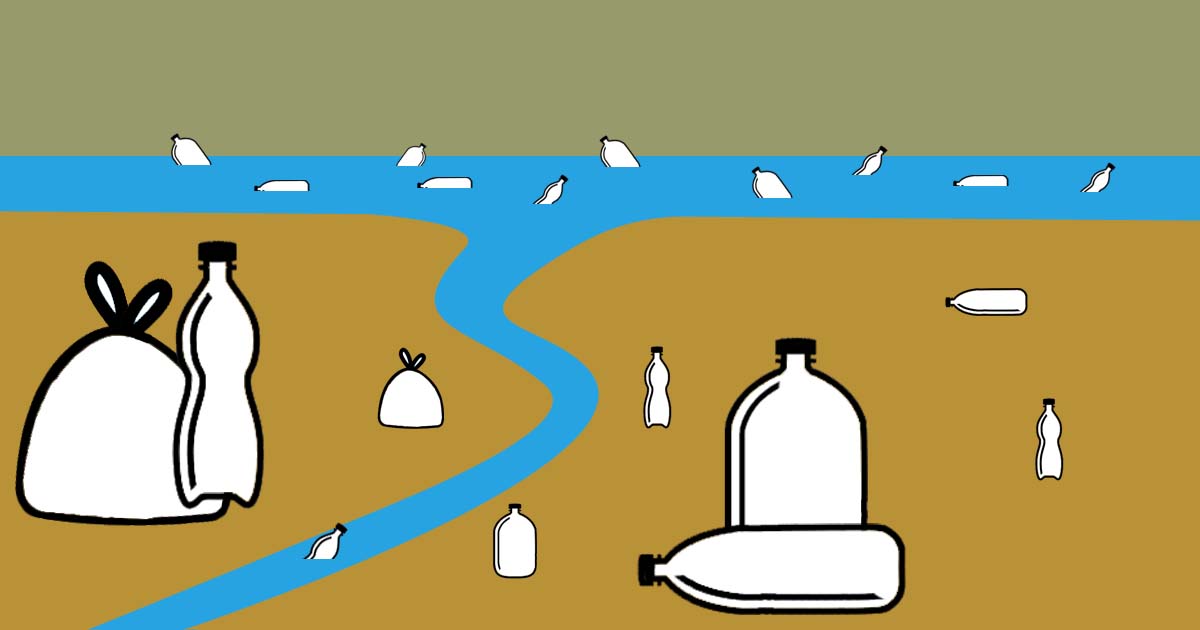
There are many types of plastic and many of them contain so-called plasticizers. As the name suggests, these additives make the plastic softer.
It is important that you recognize what kind of plastic you have in front of you, because many plastic types contain these plasticizers (phthalates). And these already have an effect on your hormone system when you touch it or are carcinogenic. Especially children, adolescents and people who still want to have children themselves are particularly at risk, as these plasticizers influence the development and fertility. It is often argued that a product contains too small quantities of plasticizers to have a harmful effect. However, it is not mentioned that the more plasticizers you take in the amount of plasticizer, the more plasticizer you use and the more food you consume that is packed with it.
What kind of plastic and plasticizer you are dealing with can be recognized by an inconspicuous symbol, which is printed on the plastic itself, either printed with paint or formed directly into it. Under the tab "Recognize Plasticizer" you will find these symbols and how poisonous the plastic is.
 |
PET consists of beverage bottles, household and kitchen appliances, and much more. The exact chemical composition is often unknown, as a large part is made of recycled materials. These can, for example, contain harmful plasticizers. PET releases harmful acetaldehyde (Ethanal) into the liquid over time. |
 |
PE can be used for all kinds of everyday objects such as films (e. g. plastic wrap, foil wrapping around paper tissues), etc. According to today's knowledge, PE is not harmful to health. |
 |
The addition of plasticizers makes PVC elastic and easy to form. Use: Floor coverings, shoe soles, wallpaper, clothing, baby articles and children's toys. PVC should be avoided at all costs. Soft PVC releases harmful plasticizer phthalates which are partly banned or regulated in baby articles. In addition, toxic organotin compounds are often used to make PVC stable before exposure to heat and light. |
 |
PE can be used for all kinds of everyday objects such as films (e. g. plastic wrap, foil wrapping around paper tissues), etc. According to today's knowledge, PE is not harmful to health. |
 |
PP can be found in most of our everyday objects such as food packaging or in the interior of cars. According to today's knowledge, PP is not harmful to health. |
 |
PC (polycarbonate) is part of almost everything that should be transparent and break-proof. They are housings, windows of toy cars, water bottles or breastpumps (!!!!). PC contains a high proportion of bisphenol A (BPA), which is released mainly during heating. BPA affects the hormone system, has a damaging effect on reproduction and is carcinogenic. It can lurk almost everywhere, because the recycling code does not clearly indicate what kind of plastic it is. |
Translated with: https://www.deepl.com/translator
